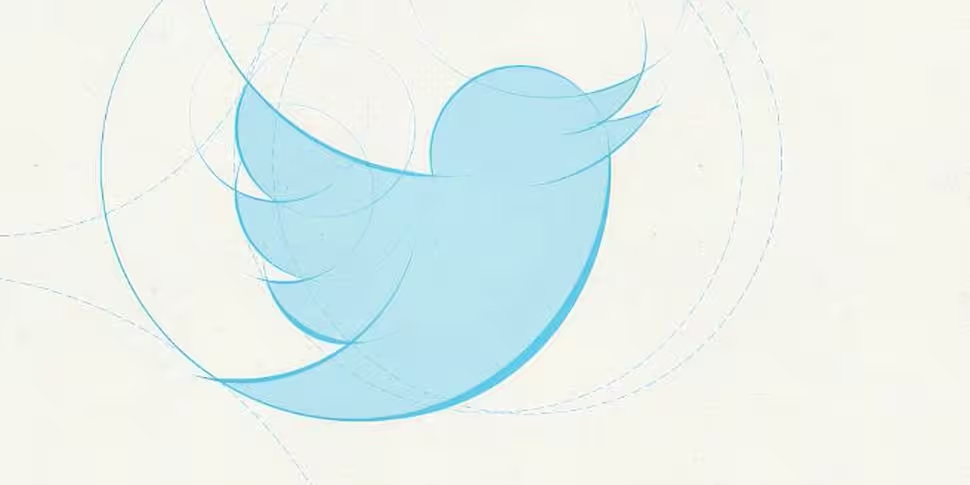Since Twitter went public over a year ago the company has held its cards close to its chest. It does not like to communicate with investors; when it does, it prefers to use tweets and short blog posts. Changes to the service are rarely announced before they are introduced.
Yesterday, amid fears over the future growth prospects of the company, they broke from this communication strategy. Twitter invited financial analysts to an information session in San Francisco where executives explained upcoming changes to the platform.
The company has had a few reasons to be concerned - share prices had fallen by over 30 percent in the 12 months before yesterday. Last quarter’s figures showed particularly poor returns in some key engagement metrics.
Yesterday's session seems to have allayed some of the market's concerns - the share price experienced a 8 percent bounce today.
If you have been following the company you won’t be surprised by most of what was said yesterday. Twitter believes that the key to growing its user-base is tempting in more casual users. It hopes to do this by tweaking the mechanics of its home page.
The micro-blogging site is going to highlight content that is highly-shared. It is also going to analyse how users behave on the site, and who they follow and engage with. This filtering will make Twitter feel more like Facebook.
The problem is that the potential users that Twitter is looking to draw in are already on Facebook. Twitter has 248m users, Facebook already has more than 1bn.
The fact that more and more users are accessing the internet on mobile devices means that Twitter is fighting with other social apps like WhatsApp, Instagram, and Shapchat.
Twitter plans to grow its revenue by increasing the amount of advertising on regular users’ home pages. At the moment one percent of the content that users see on Twitter is sponsored, this will be increased to 5 percent, an amount that is similar to the amount of sponsored content on Facebook news feeds at the moment.
Twitter is also going to introduce more video advertising, allow users to record and post videos, and improve its messaging service.
The company also hopes to advertise more to the 500 million logged out users who visit the site, and those who see Twitter content embedded on other websites, possibly through syndication deals.









